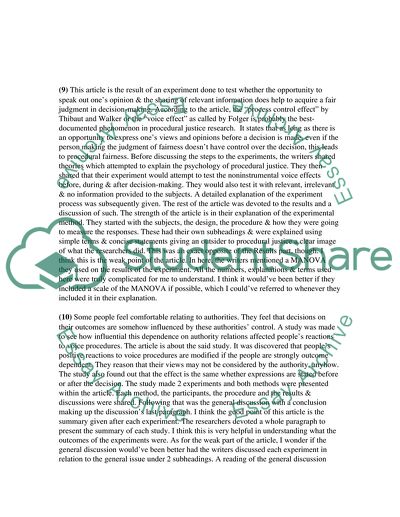Cite this document
(Neutrality as Impartiality & Neutrality as Equidistance Article, n.d.)
Neutrality as Impartiality & Neutrality as Equidistance Article. Retrieved from https://studentshare.org/social-science/1724077-article-reviews
Neutrality as Impartiality & Neutrality as Equidistance Article. Retrieved from https://studentshare.org/social-science/1724077-article-reviews
(Neutrality As Impartiality & Neutrality As Equidistance Article)
Neutrality As Impartiality & Neutrality As Equidistance Article. https://studentshare.org/social-science/1724077-article-reviews.
Neutrality As Impartiality & Neutrality As Equidistance Article. https://studentshare.org/social-science/1724077-article-reviews.
“Neutrality As Impartiality & Neutrality As Equidistance Article”, n.d. https://studentshare.org/social-science/1724077-article-reviews.


